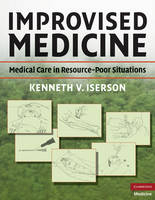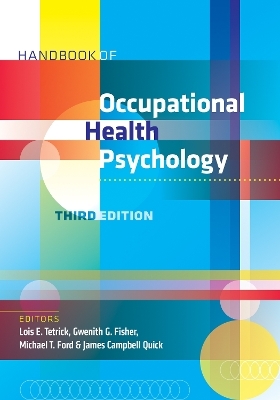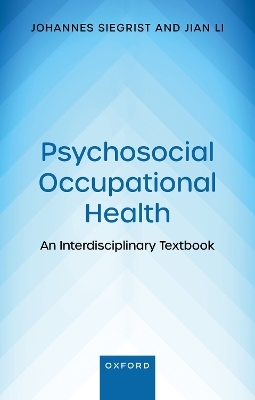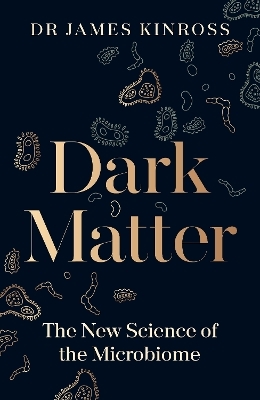
Improvised Medicine
Cambridge University Press (Verlag)
978-0-521-72756-3 (ISBN)
- Titel wird leider nicht erscheinen
- Artikel merken
Millions of people annually visit mountainous and remote parts of the world, and many health care professionals now seek training in the specialty of wilderness medicine. Covering the entire spectrum of medical care, this book delves deeply into ways of treating a wide variety of problems found in areas and situations with scarce resources, from dental emergencies to treating dehydration and malnutrition. Practical ways for health care professionals to use their skills and knowledge when typical equipment is unavailable are covered in detail. Dr Kenneth V. Iserson has scoured more than 100 years of medical references for the most useful and ingenious ways to diagnose and treat problems through improvised equipment. Examples include building an ophthalmoscope without lenses and alternative methods of setting spinal fractures. An extensive appendix provides international names of common medications so practitioners can recognize what is available to them. No other book presents these unique and surprising strategies in such a comprehensive fashion.
Kenneth V. Iserson, MD, MBA, FACEP, FAAEM, is Professor Emeritus in the Department of Emergency Medicine at the University of Arizona, Tucson, Arizona. Dr Iserson is the medical director of the Southern Arizona Rescue Association and a supervisory physician with Arizona's Disaster Medical Assistance Team.
Part I. The Situation: 1. What are resource-poor situations?; 2. Personnel, safety, and equipment; Part II. Personal Needs: 3. Communication; 4. Preventive medicine/public health; 5. Alternative care sites; 6. Energy and computers; 7. Basic equipment; 8. Cleaning and reusing equipment; Part III. Patient Assessment/Stabilization: 9. Vital signs and triage; 10. Airway; 11. Breathing/pulmonary; 12. Circulation/cardiovascular; 13. Dehydration/rehydration; 14. Medications/toxicology; 15. Analgesics; 16. Anesthesia - local & regional; 17. Anesthesia - general; 18. Transfusion; 19. Radiology/imaging; 20. Laboratory; 21. Patient transport/evacuations; Part IV. Surgical Interventions: 22. Surgery/trauma; 23. Wounds and burns; 24. Dental procedures; 25. Otolaryngology (ENT); 26. Neurology/neurosurgery; 27. Ophthalmology; 28. Obstetrics/gynecology; 29. Orthopedics; 30. Urology; Part V. Non-Surgical Interventions: 31. Dermatology; 32. Gastrointestinal; 33. Infectious diseases; 34. Malnutrition; 35. Pediatrics - neonatal; 36. Psychiatry; 37. Rehabilitation; 38. Death and survivors; Part VI. Appendices: Appendix 1. Hospital disaster plan; Appendix 2. Medical kits; Appendix 3. WHO essential medications plus others; References.
| Erscheint lt. Verlag | 1.11.2012 |
|---|---|
| Zusatzinfo | 165 Tables, unspecified; 38 Halftones, unspecified; 404 Line drawings, unspecified |
| Verlagsort | Cambridge |
| Sprache | englisch |
| Themenwelt | Medizin / Pharmazie ► Gesundheitsfachberufe ► Rettungsassistent / -sanitäter |
| Medizin / Pharmazie ► Medizinische Fachgebiete ► Notfallmedizin | |
| Medizin / Pharmazie ► Pflege | |
| Studium ► Querschnittsbereiche ► Klinische Umweltmedizin | |
| ISBN-10 | 0-521-72756-1 / 0521727561 |
| ISBN-13 | 978-0-521-72756-3 / 9780521727563 |
| Zustand | Neuware |
| Haben Sie eine Frage zum Produkt? |
aus dem Bereich


